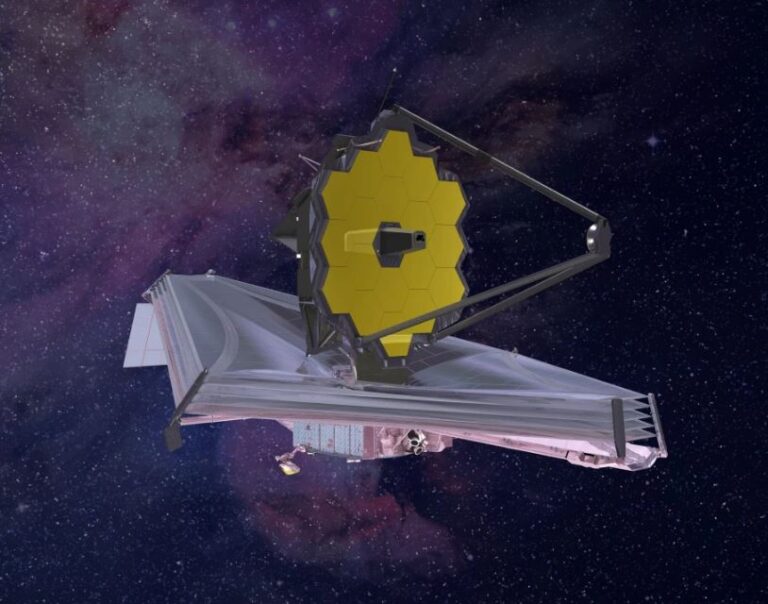James Webb Space Telescope should have fuel for about 20 years of exploration

Webb will be working for a long, long time, scientists hope. As the James Webb Space Telescope heads towards its distant destination from Earth, good news flowed from deep space: it has plenty of fuel left.
Scientists delivered the news during a press conference on Jan. 8 2022 held to mark the historic mirror deployment in space, as Webb executed the most complicated deployment of its lifetime with no major hiccups.
“When we launched, by design our limiting resource is propellant,” Bill Ochs, the Webb project manager, told reporters in the livestreamed press conference, which was hosted by the NASA Goddard Space Flight Center in Maryland.
He paid tribute to the super-precise launch that an Arianespace Ariane 5 heavy-lift rocket executed as it hefted Webb to space from French Guiana on Dec. 25.
“Right now, because of the the efficiency or the accuracy with which Ariane 5 put us on orbit, and our accuracy and effectiveness implementing our mid-course corrections, we have quite a bit of fuel margin right now relative to 10 years,” Ochs said, speaking of an earlier fuel estimate.
“Roughly speaking, it’s [now] around 20 years of propellant, roughly speaking, and that’s TBD [to be determined],” he added.
While Ochs did not elaborate on why that is to be determined, one large factor is a looming midcourse correction the telescope is expected to execute in about two weeks to put it on track for its ultimate destination.
The James Webb Space Telescope after separating from the Ariane 5 rocket that carried it into space. This is one of our last views of the impressive telescope.
The James Webb Space Telescope after separating from the Ariane 5 rocket that carried it into space. This is one of our last views of the impressive telescope. (Image credit: ESA)
Webb is expected to arrive at an “insertion location” by Jan. 23, where it will fire its engines to glide to a “parking spot” called Earth-sun Lagrange Point 2 (L2) about 930,000 miles (1.5 million kilometers) away from our planet.
This Lagrange point is balanced between the gravitational forces of the sun, Earth and moon and will allow the telescope to stay steady while using a minimum of fuel, NASA has said. space.com
